Over the past two years we have been focused on a few key topics that define how uncrewed aviation vehicles (UAVs) and air taxis (Advanced Air Mobility or “AAM”) will join their crewed counterparts in the national airspace (NAS). We have covered unmanned traffic management 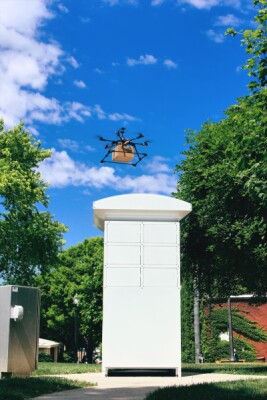 (UTM), detect and avoid (DAA) and many other technical topics that are necessary for this inevitable merge, but how about the non-key issues that need to be solved before this technology joins the mainstream?
(UTM), detect and avoid (DAA) and many other technical topics that are necessary for this inevitable merge, but how about the non-key issues that need to be solved before this technology joins the mainstream?
One of the more promising commercial areas in which UAVs will have a large and immediate impact is delivery drones and, as such, this market niche is receiving a lot of attention from investors looking to have a real economic benefit in the short term, once drones are integrated into the NAS. But a few minor details remain unsolved in the complicated task of delivering a package from a distribution center to the end user.
For hundreds of years postal services around the world have solved this problem by employing hundreds of thousands of people who daily and painstakingly deliver each and every letter and package by hand to each recipient. Throughout the years, this manual process has been evolving to a more automated process with sophisticated sorting machines and other refinements aimed at speeding up the process and reduce the dependency on loyal postal workers.
Now with the promise of autonomous drones and the first true revolution in the delivery of packages to the end user, comes the question of how are these UAVs placing a package in the hands of the final recipient?
One company, Valqari is focusing entirely on the way that these end customers will receive their deliveries by designing reception stations aimed at solving the final exchange between a machine and a human. We reached out to Ryan Walsh, Founder and CEO of Valqari, for an interesting conversation about the industry and Valqari’s products.
“The industry was a bit naïve 10 years ago when the promise of drone delivery first ignited the imagination of logistics’ companies looking to reduce costs and streamline the last mile conundrum,” Ryan said reflectively. “Now a decade later we know that the obstacles are many but the technical ones have been mostly solved and the entire industry is now anxiously waiting for a ruling from the Federal Aviation Administration (FAA) covering flights BVLOS (beyond visual line of sight) so a new era of efficiencies can be unleashed.”
The more we heard the goals of Valqari the more we understood it was not about designing drones or any other technology that would allow them to go from point A to point B. Valqari’s solutions are focused exclusively on the way that packages are handed out from an automated system to a live person with appropriate safety protocols and expediency.
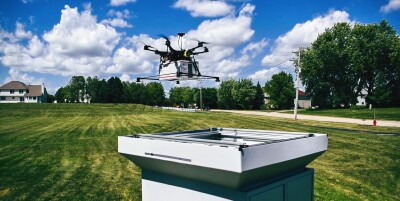 “We have designed and patented our Drone Delivery Station in order to provide a safe and secure landing area, removing the need for any sender or receiver to actually touch a drone. We have created a secure and practical solution to the challenge of the ‘Last Inch of the Last Mile,’” said Ryan enthusiastically. “We are in the business of creating an agnostic solution that can be used by any delivery service looking for a practical way of receiving and sending small packages.”
“We have designed and patented our Drone Delivery Station in order to provide a safe and secure landing area, removing the need for any sender or receiver to actually touch a drone. We have created a secure and practical solution to the challenge of the ‘Last Inch of the Last Mile,’” said Ryan enthusiastically. “We are in the business of creating an agnostic solution that can be used by any delivery service looking for a practical way of receiving and sending small packages.”
With so many restrictions in urban areas in terms of commercial deployments of delivery drones we pressed Ryan for examples where Valqari’s solution was being used or at least tested.
“We have trials going on in Palau with Bella Wings, testing happening in San Diego with USOG, integrations currently happening with Zing for food delivery in Florida, military applications we have been developing with Printed Aerospace, and even some units in Europe with a partner I can't name yet for confidentiality reasons,” said Ryan. “But our solutions cross a wide variety of verticals and use cases. We have about two dozen units deployed right now in different networks. 40% of the world’s population are in countries covered by our patents, so our financial outlook is bright, and we look forward to a time when these solutions are being used worldwide on a daily basis.”
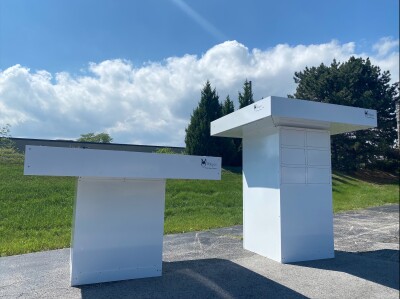 When it came to the reality of massive deployments of delivery drones in general, Ryan has a very positive forecast for the industry.
When it came to the reality of massive deployments of delivery drones in general, Ryan has a very positive forecast for the industry.
“I believe that we will have BVLOS flights authorized by next year and full-blown integration by 2024,” Ryan said optimistically. “The war in Ukraine has shown that drones are one of the most disruptive technologies of the last 1,000 years, and therefore it will be difficult to contain it for long. It’s preferably to allow it to happen and control and regulate it as we move along safety practices.”
But how easy is it to integrate Valqari’s agnostic solution into an emerging workflow? We posed the question to Ryan.
“We will happily license our patents to anyone that would like to build our technology into their systems and networks,” said Ryan. “We realize the key to drone adoption is scaling it and that takes many teams focusing on many different customer needs. We simply want our technology to be available to support their needs if it is beneficial. We will provide our hardware to customers that want to add in our landing stations to their network, or we can license our patents and build it to suit them. In any case, Valqari’s solutions are a practical way of making the transition from a flying machine to the end-user in a way that can be used effectively by any drone manufacturer or delivery service.”


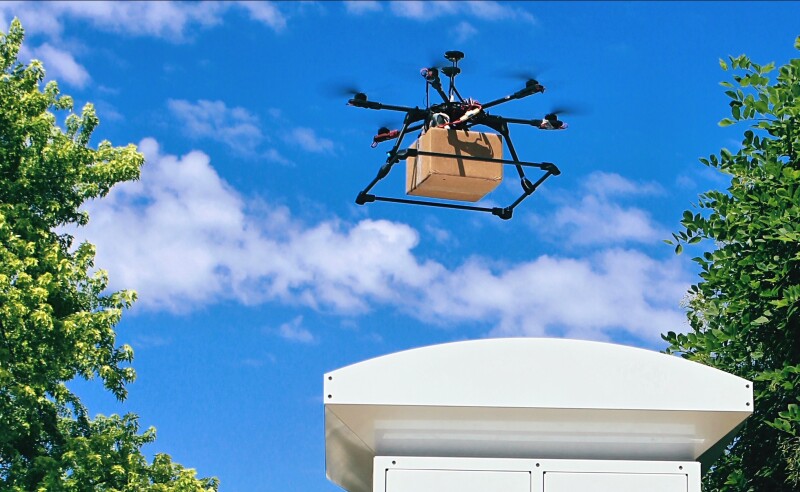


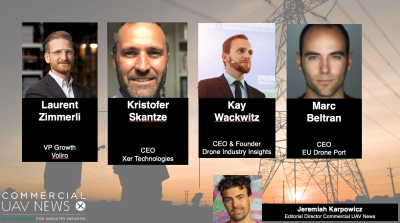









Comments